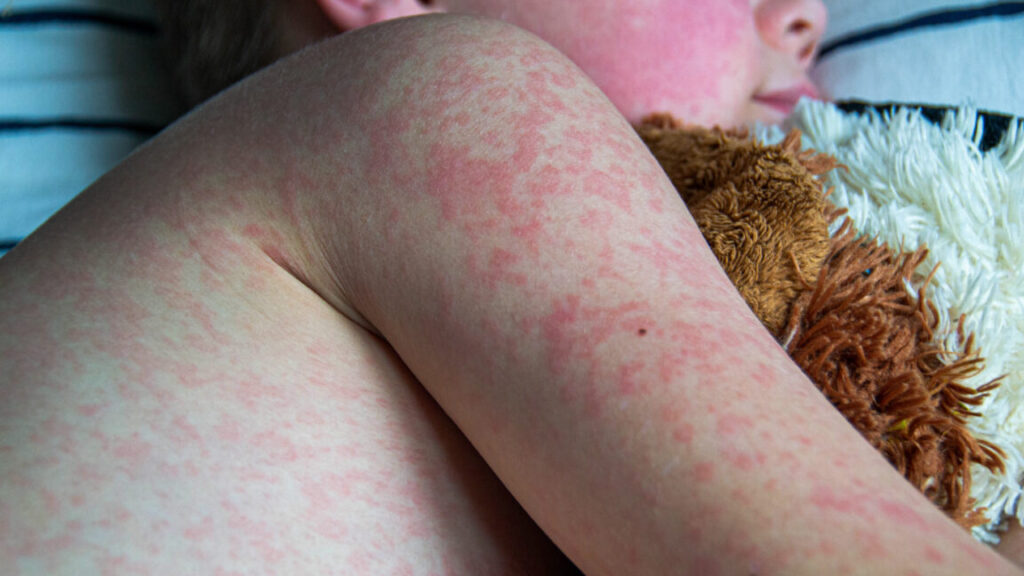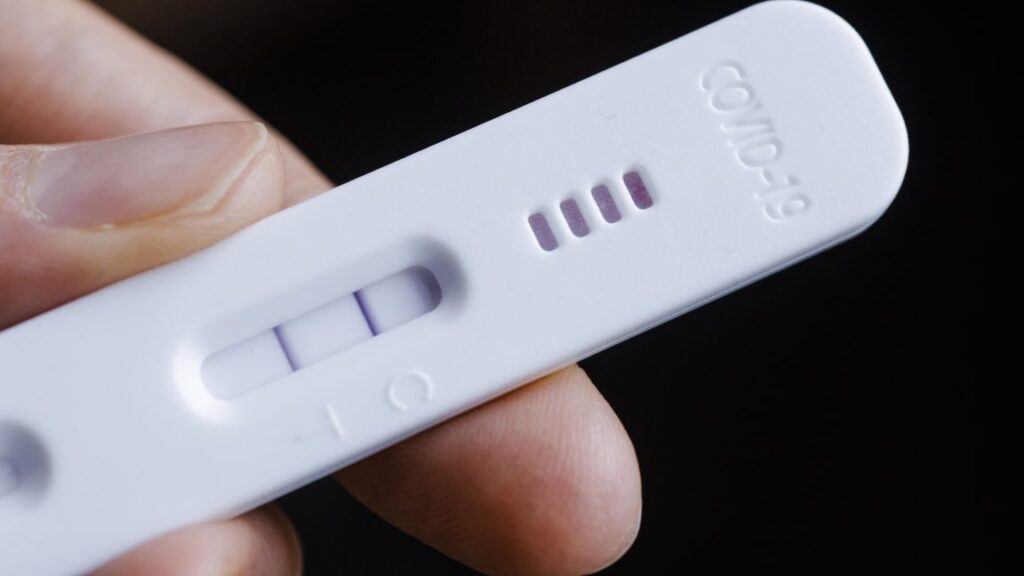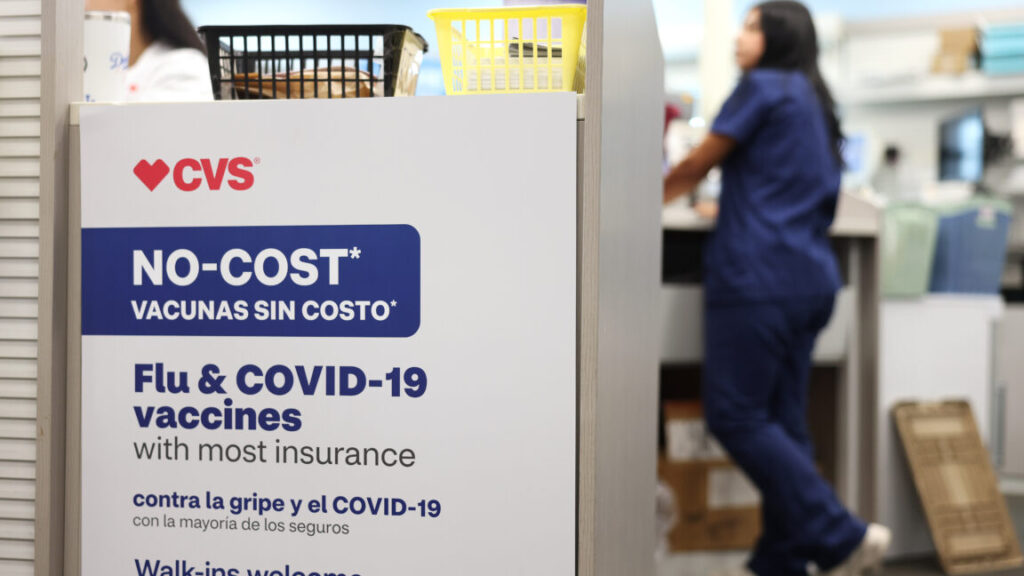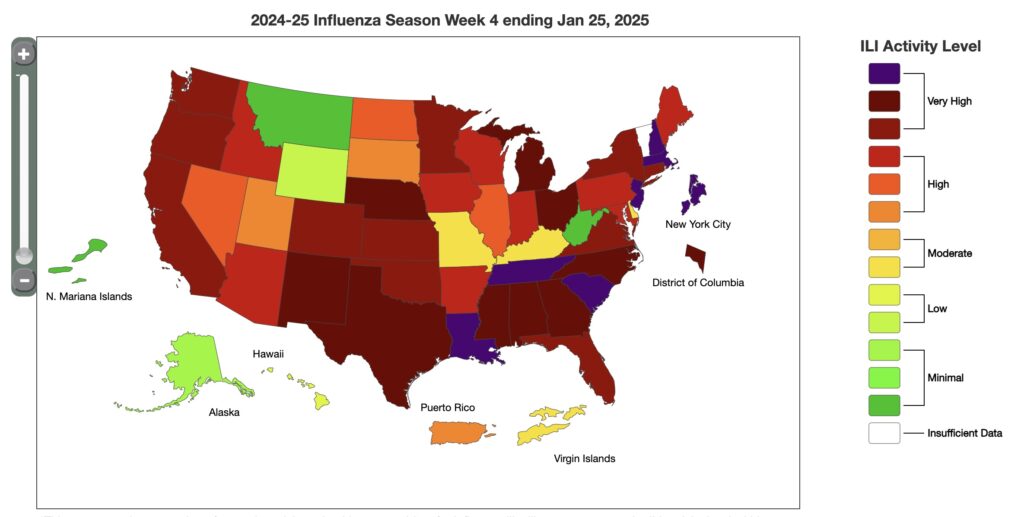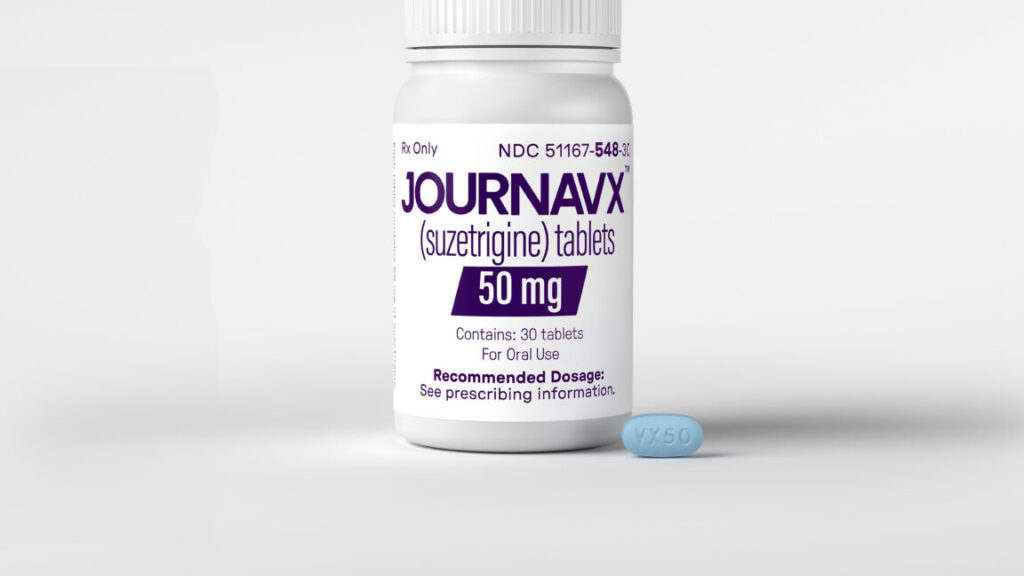Bird flu strain that just jumped to cows infects dairy worker in Nevada
However, the new Nevada case is notable because it marks the first time D1.1 is known to have jumped from birds to cows to a person. Moreover, D1.1 has proven dangerous. The genotype is behind the country’s only severe and ultimately fatal case of H5N1 so far in the outbreak. The death in the Louisiana case linked to wild and backyard birds was reported last month. The CDC’s statement added that the person had “prolonged, unprotected” exposure to the birds. The D1.1. genotype was also behind a severe H5N1 infection that put a Canadian teenager in intensive care late last year.
In a February 7 analysis, the USDA reported finding that the D1.1 strain infecting cows in Nevada has a notable mutation known to help the bird-adapted virus replicate in mammals more efficiently (PB2 D701N). To date, this mutation has not been seen in D1.1 strains spreading in wild birds nor has it been seen in the B3.13 genotype circulating in dairy cows. However, it was seen before in a 2023 human case in Chile. The CDC said it has confirmed that the strain of D1.1 infecting the person in Nevada also contains the PB2 D701N mutation.
The USDA and CDC both reported that no other concerning mutations were found, including one that has been consistently identified in the B3.13 strain in cows. The CDC said it does not expect any changes to how the virus will interact with human immune responses or to antivirals.
Most importantly, to date, there has been no evidence of human-to-human transmission, which would mark a dangerous turn for the virus’s ability to spark an outbreak. For all these reasons, the CDC considers the risk to the public low, though people with exposure to poultry, dairy cows, and birds are at higher risk and should take precautions.
To date, 967 herds across 16 states have been infected with H5N1 bird flu, and nearly 158 million commercial birds have been affected since 2022.
Bird flu strain that just jumped to cows infects dairy worker in Nevada Read More »

